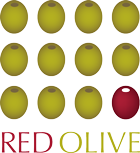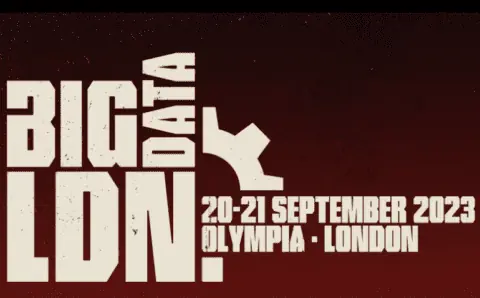
Developing an effective predictive risk model – avoiding getting the right answer to the wrong question
The starting point is to develop an effective predictive model to forecast the level of risk in the thing that interests you. This is where Red Olive’s Total Enterprise Modelling (TotEMTM) framework informs you more than purely using the industry standard CRISP-DM process. CRISP-DM is great for building predictive models once you have a clear business problem, but if you’re not careful you can end up getting the right answer to the wrong question.
TotEMTM helps you to become very clear about what type of risk you’re dealing with. For example, if you’re a water company dealing with flooding risk as part of the OFWAT Service Incentive Mechanism (SIM) you are not interested simply in the risk of a flood. If you’re responsible for customer service, your interest is in the financial impact of that flood in a specific location where it will adversely affect many of your customers. If you’re responsible for asset management, your interest is in preventing failure among those assets which are most likely to lead to floods affecting your customers: failures that flood dense housing are much more serious than failures that flood fields, and the trouble-causing failures might appear on the risk map miles away from the trouble they cause. So, it’s vital to be clear exactly what type of risk matters to you.
Developing the right model for you to mitigate risk typically also requires that you distinguish different causes of risk. Here again TotEMTM helps you. In some models the aim is to focus on controllable factors only, enabling you to act now to reduce or prevent some future undesirable event. This is the case for those responsible for assets in the water industry, allowing for degradation of underground pipework due to traffic, soil type etc. In other models uncontrollable factors may be included too, because the purpose of the model is to prepare for all eventualities knowing that not everything can be prevented – for example, the insurer’s view of flooding needs to allow for the financial impact of a freak storm even though it can’t be prevented.
Developing an effective predictive model also requires that you have access to data that is both predictive and of the right quality ; we’re not going into detail on that here.
Visualising and augmenting the results

UK flood risk
The next stage is to choose an effective and intuitive way to visualise the results. In the case of flood risk modelling, we plotted the risk onto a map. The basic approach is to plot risk onto squares which each represent a proportionate area on the ground, but the results have also been transposed to match to post code area or to the layout of a network, in this case pipes but it could as easily be any other type of network. Transposing can make acting on the information much easier, particularly where someone needs to go and work on one part of a network as a result.
We’ve found that because the risk model results offer something unique and valuable, once people have them they want to enrich them with other things and so other intelligence coalesces around the risk model representation. For example, things we’ve now added to the map in different layers include the physical locations of known problem “hotspots” and CCTV footage to show what state locations are really in. Further diagnostic tools have been added too; whereas the original predictive model has been developed using linear regression, decision tree techniques have additionally been used to identify a primary cause of high risk. This adds slicker operation such as primary root cause analysis capability available simply by hovering over a square.
Another way usage of risk visualisation is being extended is through more and more use cases being added as uptake within an organisation grows. Models that were originally developed to predict where problems to be addressed operationally would arise, are now being extended for use strategically – hence the applications mentioned such as long term capital planning. In this case there is more complexity in the display because of the need to enable a closed feedback loop: if significant amounts of money are being invested then people want to see whether the risk has been decreased as a result of the investment. That means they want to see risk level before and after the investment, which creates the need for snapshots to be stored and accessible – see the sections on data warehouse design and dashboard design for more on those topics.
Conclusion
Overall, we’ve found that in many situations beginning to visualise your business risk creates strong demand to extend its application over time and it is a powerful next step for those who already have basic reporting in place. If you’d like to know more about Red Olive’s predictive analysis solutions please drop us a line or give us a call on +44 1256 831100.



